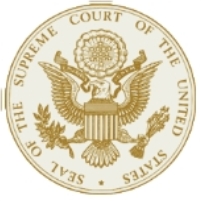Supreme Court Hears Reverse Discrimination Case

In a classic case of damned-if-you-do, damned-if-you-don’t, the US Supreme Court is deciding a discrimination case (Ricci vs. DeStefano) that has huge ramifications for affirmative action. In 2003 the city of New Haven, Connecticut, gave a test to firefighters seeking promotion to lieutenant and captain. When none of the African-American candidates scored high enough for promotion, city officials threw out the results. That prompted a group of 18 firefighters (17 white and one Hispanic) to file a lawsuit claiming reverse discrimination, since they had received the requisite mark to move up in rank. Justice David Souter said city officials were in a no-win situation, for had they allowed the promotional exam to stand, black firefighters no doubt would have pursued litigation.
- Top Stories
- Unusual News
- Where is the Money Going?
- Controversies
- U.S. and the World
- Appointments and Resignations
- Latest News
- Trump to Stop Deportations If…
- Trump Denounces World Series
- What If China Invaded the United States?
- Donald Trump Has a Mental Health Problem and It Has a Name
- Trump Goes on Renaming Frenzy






Comments